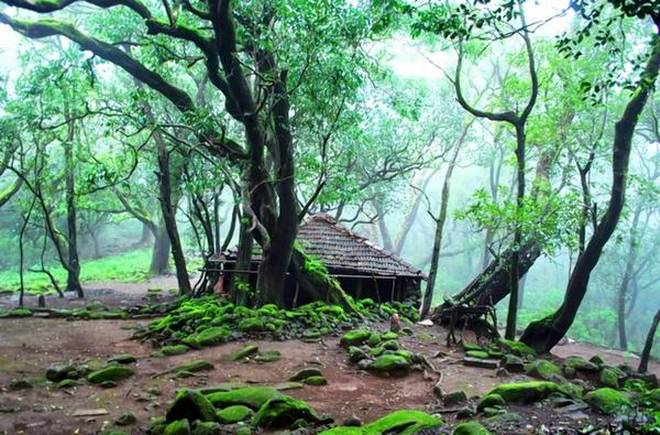Sacred groves
In the Bhimashankar region, these are sometimes called ban or devacha ban – God’s forest. It is considered to be sacred – ‘vandev’ or ‘bandev’, the forest God; Vaghoba, the tiger God; ‘Bhairoba’, a manifestation of Shiva are the deities mostly associated with the ban. Many sacred traditions are associated with these – no cutting of firewood is allowed, no grazing of cattle, in some not even a leaf fallen on the ground can be picked up by someone passing through! No one is allowed to pollute the sacred space – one can’t leave anything that one has brought along, nor can one pick up anything from there. Women of age are not allowed to enter the space too. The places of worship are looked after by a family from the village called the ‘bhagat’ . Offerings are made to the deity on festivals, at harvest time, on the yearly yatra day and also to celebrate child birth in the families in the village. Each village or group of villages may have one such ban which they hold sacred. Folklore is associated with it mostly talking about the deity being a guardian of the village and if the traditions are not upheld by the people, the wrath of the deity being invited in the form of disease, famine, loss of life and the like. These traditions have been passed on for generations but are now not being upheld as diligently as earlier. Recently, such sacred groves have come in the spotlight as biodiversity hotspots where plant and animal species can be seen in their natural habitat without human interference. They also are often sources of springs which feed rivers that originate in the forests. They can be seen as attempts at biodiversity conservation using belief systems that are already in place amongst people.
On the campus, the old Astachal hill has been identified as an abode for native species. On the basis of the biodiversity assessment that was done for Tiwai Hill and the surrounding regions by the organisation Kalpavriksh, some more species were planted to replace the invasive species Subabul. The idea is for Old Astachal hill to become a Devrai for Sahyadri.
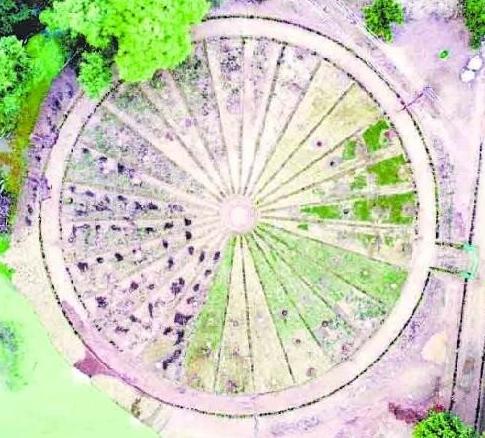
Nakshatra van
Nakshatra van is another groove of a special kind. A ‘Nakshatra’ can be roughly translated into english as ‘Constellation’. According to ancient Indian astrology, every individual is born under the influence of a particular Nakshatra, which is determined by the position of the moon at the time of the birth of each individual. The sky is divided into 27 Nakshatas and the moon is seen to move through these. Particular species of trees are associated with particular Nakshatras. The belief here is that these trees are the guardian species for persons who are born under the influence of these particular Nakshatras. It is also expected from each individual to take care of one’s guardian tree while the rest of the trees in the groove, which have medicinal properties, are available for use to all. This is also a traditional way of sustainable use of medicinal resources.
A Nakshatra van has been planted just beyond the new Art Complex overlooking the Bhima river.
If you are curious to find out about your birth nakshatra, you could find out from this site https://www.prokerala.com/astrology/nakshatra-finder/
To find out more about Nakshatras and their guardian species, click here Nakshatra van
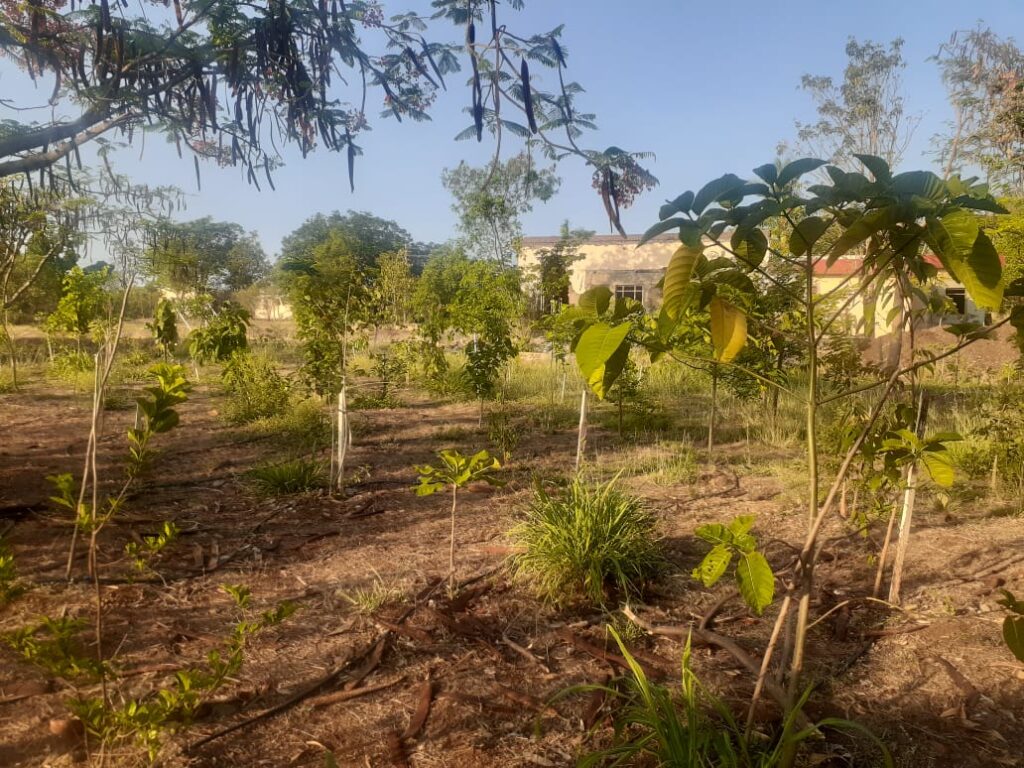
Miyawaki forest
This is a forestation process that was promoted by the Japanese scientist Akira Miyawaki. While he was working with afforestation programmes, he observed that these were not self-sustaining plantations and most of the time planted keeping in mind some gain for humans. On the other hand, he saw that remnants of natural forests were preserved for generations around temples and cemeteries because of the traditional belief in Chinju-no-mori which can be literally translated as ‘forests where the gods dwell’, it was considered unlucky to interfere with these forests. This is very similar to our own concept of ‘Devrai’. These places have allowed the preservation of thousands of small reserves of native species and tree genes descending from prehistoric forests. In the Miyawaki forest system native trees are identified, saplings are grown from seeds in nurseries and they are randomly planted as seen in natural forests very close to each other. Then they are just allowed to grow with least human interference. They have to be cared for upto 2 to 3 years after which they become self-sustained forests. Plantation has been done according to the Miyawaki method behind the Junior Auditorium this year. A path to the football field is expected to just evolve as people start walking through these trees. About 250 saplings have been planted in that area
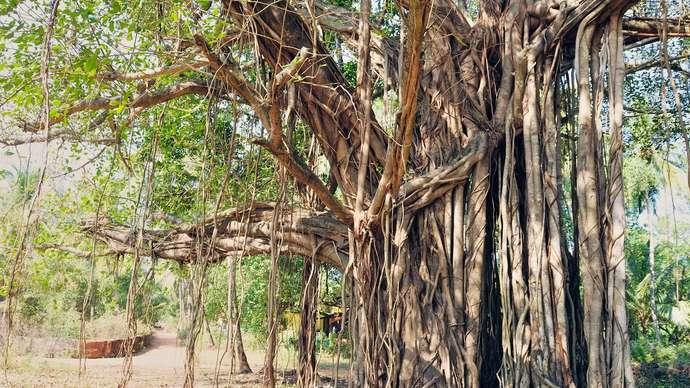
Ficus grove
Every ecosystem has certain species that are critical to the survival of the other species in the system. The keystone species could be a huge predator or an unassuming plant, but without them the ecosystem may not survive. Ficus is one such keystone species. Ficus grove has been planted beyond the football field towards the farther end of the campus on that side. Various lesser known ficus species like Ficus amplissima, Ficus drupacea, Ficus hispida, Ficus exasperata, Ficus tinctoria, Ficus microcarpa, Ficus tsjakela, Ficus hispida, Ficus rumphii, Ficus krishnae along with the very well known Ficus racemosa, Ficus religiosa and Ficus bengalensis have been planted last year. Most ficus varieties have had a cultural significance as also been part of religious worshipping rituals.
Ficusis a genus of about 900 species of trees, shrubs, and vines in the family Moraceae, many of which are commonly known as figs. Many are tall forest trees that are buttressed by great spreading roots; others are planted as ornamentals. Figs are also of considerable cultural importance throughout the tropics as objects of worship. Most Ficus species are evergreen; there are a few deciduous members in nontropical areas. The leaves are usually simple and waxy, and most exude white or yellow latex when broken. Many species have aerial roots, and a number are epiphytic. The unusual fruit structure, known as a syconium, is hollow, enclosing an inflorescence with tiny male and female flowers lining the inside. A very interesting feature of ficuses is that each is pollinated by and houses the young of a species-specific wasp. This remarkable pollination system has a fundamental impact on tropical forest ecology. When the pollen-bearing wasp leaves a Ficus plant, the fruit crop ripens quickly, providing a rich feast that attracts a host of mammals and birds. Moreover, as a consequence of the wasp’s short adult lifetime (as little as two days), there are some trees both receiving and releasing fig wasps throughout the year. This pattern results in a steady supply of fruit, making Ficus fruits a critical resource for many animals during times of food shortage.
For more info visit https://www.britannica.com/plant/Ficus

Rang manch – A splash of colours
Natural dyes have been used in various traditional art forms from times immemorable. Ranga vanam has been planned beside the Art room. Species like Shendri (Bixa orellana, Wrightia tinctoria, Wrightia arborea, Terminalia chebula) have been planted here along with some cotton plants. This will give easy access to artists for harvesting these materials for use in their art work. Some more will be added in due time.
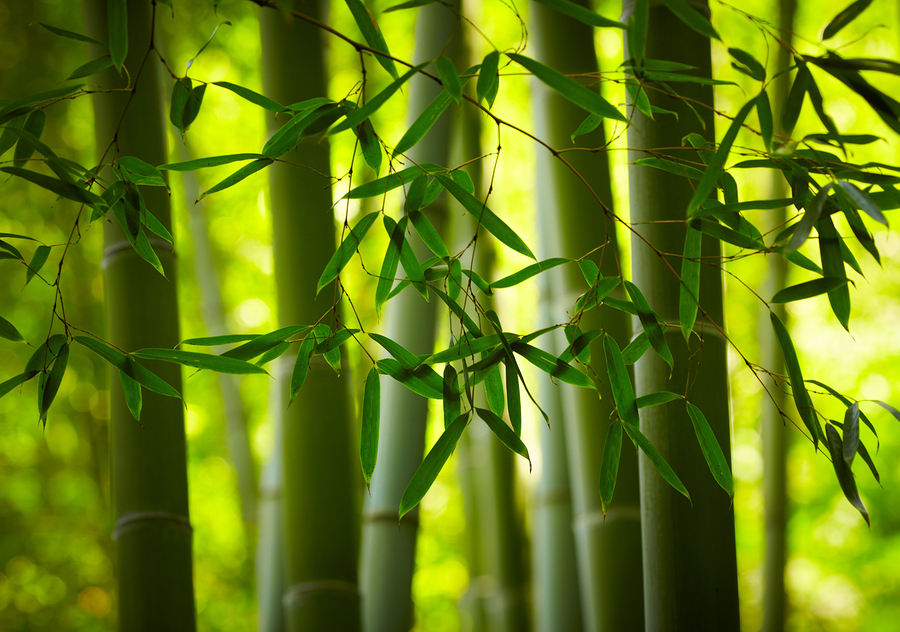
Bamboo ban
Bamboos have had a mystical angle to them. In some countries like Japan, bamboo forests have been places for meditation. The winds whistling through the bamboo are something that leave lasting impressions on anyone. Bamboo ban has been planted behond the jungle gym with different varieties of bamboo from all over the world from the Japanese painting bamboo to the kalak bamboo.
Having all these species together in one place will help study them in terms of their suitability for plantation and also for various purposes like construction. Some bamboo structures are already on campus like the bamboo hall on the 11th and 12 th cluster and the staff room. Some varieties have been planted behind the maintenance shed which will be readily available for use on campus when they are ready to harvest.
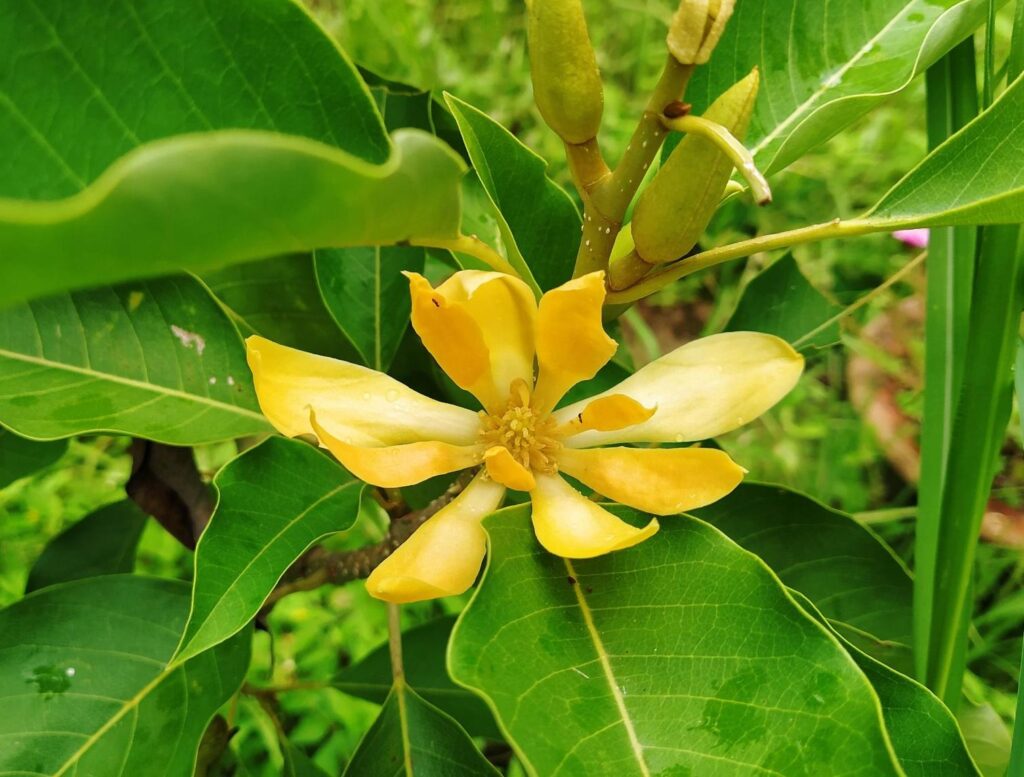
Sugandhi van
Sugandi van is planned to be an abode for various fragrant flowers. In addition to being a delight for the olfactory centre, it will also be a heaven for various kinds of bees, butterflies, birds. Sugandhi van now has species like three varieties of sonchapha, pink rose. The location behind the library will also provide anyone an opportunity to observe these from the library.

